Sealife guideThe marine arthropods
Last updated on 09/02/2025 at 12:22 AM
The phylum marine arthropods includes over a million species. We will focus specifically on the class of crustaceans, which itself totals about 40,000 species. Among crustaceans, we find familiar names like the lobster, crayfish, shrimp, crab and others.
Marine arthropods encompass a wide variety of species, some of which are smaller in size, like the sea spiders and some even escape our view, such as micro-crustaceans or krill.
Marine arthropods play a fundamental role in marine trophic ecosystems, both as predators and prey, and are involved in key ecological processes, including decomposition and nutrient recycling.
The physiological adaptations of marine arthropods are particularly remarkable. Their rigid exoskeletons, primarily composed of chitin and sometimes reinforced with minerals like calcium carbonate, provide protection against predators and occasionally harsh environmental conditions. Furthermore, the presence of specialized structures for respiration, such as gills in crustaceans, as well as for locomotion, such as legs and antennae, enables them to adapt to the diverse marine environments in which they live.
The distribution and physiology of different species are influenced by various factors such as salinity, water temperature and pressure. These marine organisms are of considerable interest to medical research.
Some marine arthropods to discover

Common European lobster
(Homarus gammarus)
(Homarus gammarus)
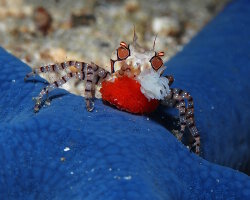
Mosaic boxer crab
(Lybia tessellata)
(Lybia tessellata)
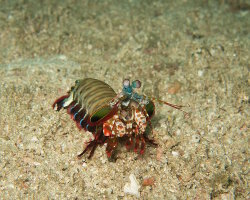
Peacock mantis shrimp
(Odontodactylus scyllarus)
(Odontodactylus scyllarus)

Pink hairy squat lobster
(Lauriea siagiani)
(Lauriea siagiani)

Sculptured slipper lobster
(Parribacus antarcticus)
(Parribacus antarcticus)

Tiger shrimp
(Phyllognathia ceratophthalma)
(Phyllognathia ceratophthalma)
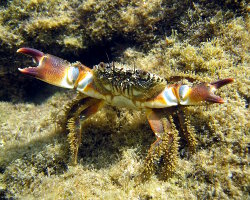
Warty crab
(Eriphia verrucosa)
(Eriphia verrucosa)
Our latestUpdates
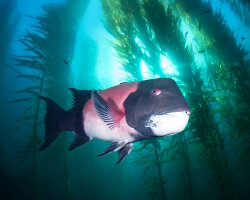
Thursday, October 2nd 2025
The California sheephead
Discover the California sheephead, a colorful fish of the eastern Pacific. Learn about its appearance, diet, habitat in kelp forests, unique sex-changing ability and role in marine ecosystems.

Monday, September 29th 2025
The banded guitarfish
Discover the banded guitarfish, a benthic eastern Pacific species with unique camouflage, living on sandy and rocky bottoms.
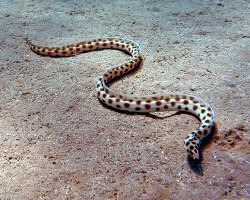
Thursday, September 25th 2025
The tiger snake eel
Explore the tiger snake eel (Myrichthys maculosus), featuring a creamy to pale yellow body dotted with black spots, and learn about its habitat, behavior and role in coral reef ecosystems.
Photo of the Day

Salmacine
(Filograna implexa)
(Filograna implexa)


